How does Nest Temperature Sensor work? All the details and top tips
Ever came home to a humid house after a whole day of running errands? Or maybe you did your grocery to prep for an upcoming snowstorm only to find an unheated living room?
While you can rely on your handy thermostat, it can't just turn your freezing room into a warm nest in an instant.
The next best thing is to keep the air conditioning or heat running the entire time, but it's not exactly the most cost-efficient solution.
Introducing the Google Nest Temperature Sensor, a smart remote sensor to help regulate your home's temperature.
What is a Nest Temperature Sensor?
The Google Nest Thermostat is an AI-enabled temperature sensor developed by Nest Labs and acquired by Google. The smart thermostat learns your preferences over time to regulate the heating and cooling system of your home. Because the remote temperature sensors know when you need heating or cooling, you're effectively saving money and energy in the long run.
The Nest Thermostat works with both the Google Home app and Nest App.
How the Nest Temperature Sensor works
The Nest Thermostat has a built-in temperature sensor that's able to detect the current temperature, the humidity level in the room, and how much sunlight is passing through the window. Nest thermostats also have a motion sensor that can tell whether anyone is in the room or not. These pieces of information help the Nest Thermostat maintain the ideal environment while using as little energy as possible. As it learns your preferences and collects temperature data, the Nest Thermostat will be able to automatically adjust its settings.
Its Eco Temperature feature is an effective way to save energy while you're away. This setting can be adjusted through the Nest app by tapping the Settings gear icon and selecting Eco Temperatures under Options.
How many sensors should you get?
The number of sensors that you should get depends on the number of rooms you think will benefit from temperature regulation. Think about what part of the house you're mostly on in specific times of the day. For example, you may be lounging around the living area from midday to afternoon and sleeping in your bedroom from 10pm to 7am.
You'd want a separate living room sensor and bedroom sensor to make the rooms cool or heated during that time frame. Just tap on a thermostat in the Nest app and select which sensor is prioritized at what time.
Technically, you can attach up to 6 sensors per thermostat, up to a total of 18 sensors, but you won't be able to set two or more rooms at different temperatures simultaneously (unless you have a zoned system or special vents installed). A zoned system with multiple thermostats lets you attach up to 6 Nest temperature sensors per thermostat and regulate temperatures at the same time.
Thermostat compatibility
The Nest Temperature Sensor only works with a compatible Nest Thermostat. This includes the Nest Thermostat E and the third generation Nest Learning Thermostat. The temperature sensor works with the thermostat via Bluetooth, so make sure both smart devices are compatible with each other.
Nest Temperature Sensor features
Batteries
The battery powered Nest temperature sensor comes with a CR2 Lithium battery that is commonly available in stores. To replace the battery, just insert a coin into the slot on the back of the sensor and turn to unscrew the battery cover.
On average, the Nest Temperature Sensor's battery can last up to 2 years. You'll get notifications on your phone via the Nest app when the battery is critically low, and the sensor will stop reporting temperature readings when the battery dies down. Depending on the model, you can also use a C-Wire adapter to power your Nest thermostat.
Scheduling
The Nest Thermostat has a Time-to-Temp feature that estimates how long it will take for your home to reach the ideal temperature. It also has an Early-On function which calculates the time when the Nest Thermostat should turn on the heating or cooling system so the house is perfectly warm or cool by the time you arrive. Smart scheduling is an effective way to save electricity as air-conditioning or heating will only work if and when a room needs it.
Monitoring
The Nest Thermostat is equipped with sensors detecting motion, so it lights up every time you pass by. It also has a large display with the sensor's reading of current temperature, time, and weather.
Installing multiple sensors throughout the house can help the Nest Thermostat which rooms require adjustment at specific times of the day. This is very helpful if you live in a multi-story house with different rooms that require different temperatures.
Safety & system notifications
The Nest Thermostat has built-in capabilities that can detect issues in your home's climate control system. Through the Nest app, you'll receive monthly, bi-annual, or annual air filter reminders. The Safe Temperature feature protects you home from extreme temperatures.
FAQ
Can I use a different temperature sensor with my Nest?
No, the Nest Temperature Sensor only works with a compatible Nest Thermostat. This includes the Nest Thermostat E and the third generation Nest Learning Thermostat. The temperature sensor works with the thermostat via Bluetooth, so make sure both smart devices are compatible with each other.
How many temperature sensors can I use?
You can attach up to 6 Nest Temperature sensors per Nest thermostat, up to a total of 18 sensors, but you won't be able to set two or more rooms at different temperatures simultaneously (unless you have a zoned system or special vents installed).
How long does the temperature sensor battery last?
On average, the Nest Temperature Sensor's battery can last up to 2 years. You'll get notifications on your phone via the Nest app when the battery is critically low, and the sensor will stop reporting temperature readings when the battery dies down.
Can I check the temperature for all my sensors?
Yes, you can check the temperature of all the Nest Sensors that are connected to a specific Nest Thermostat by tapping on a thermostat in the Nest app.
Are Nest Temperature sensors accurate?
The Nest Thermostat's algorithm is based on real-world data and is regularly updated to improve temperature accuracy.
How does Nest detect outside temperature?
The Nest Thermostat doesn't have outside sensors. It gets the outside temperature by connecting to an internet weather service, so it's important that you specify your exact location for accurate temperature reading.
Does Nest Sensor average temperature?
All Nest temperature sensors and the thermostat are averaged.
Why is the temperature different in each room?
As the room gets further and further from your HVAC system, there is airflow loss, so don't expect all rooms to have the same temperature.
How do I adjust my Nest Temperature Sensor?
The Nest Temperature sensor's settings can be adjusted via the Nest app. Just open the app, tap settings on the home screen, scroll down, and select the sensor you’d like to change.
Is the Nest Temperature Sensor cost-efficient?
Yes. Its smart scheduling feature is an effective way to save electricity as air-conditioning or heating will only work if and when a room needs it. The Time-to-Temp function estimates how long it will take for your home to reach the ideal temperature, while the Early-On function calculates the time when the Nest Thermostat should turn on the heating or cooling system so the house is perfectly warm or cool by the time you arrive.


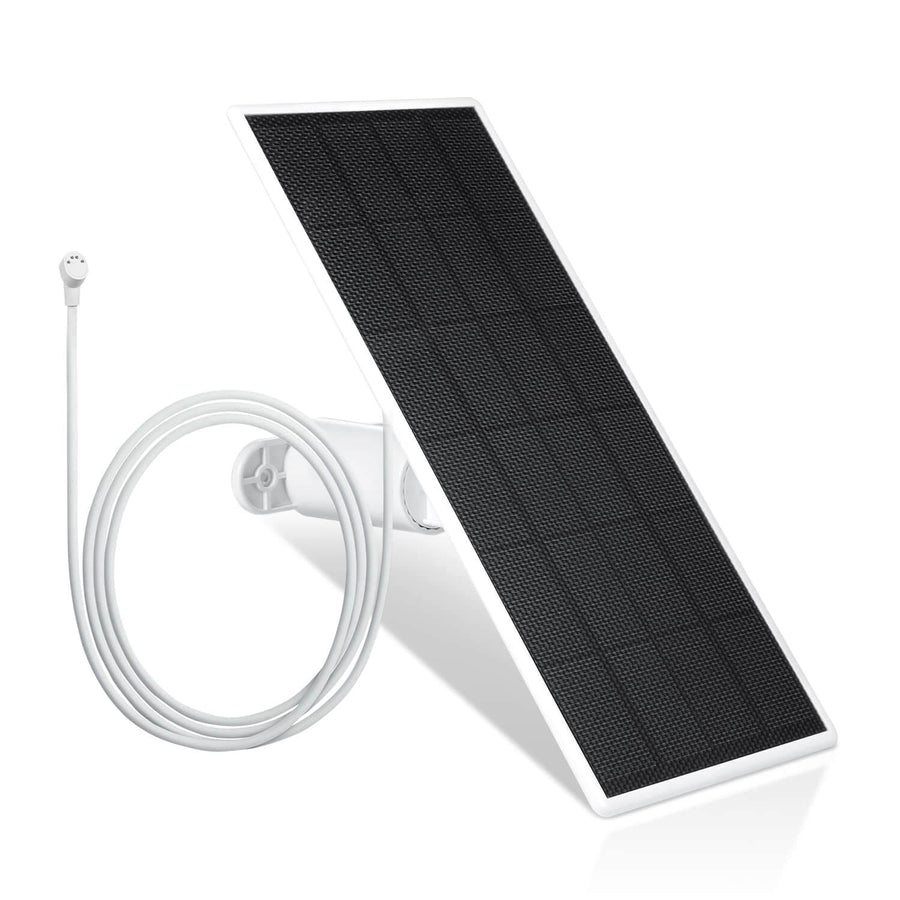
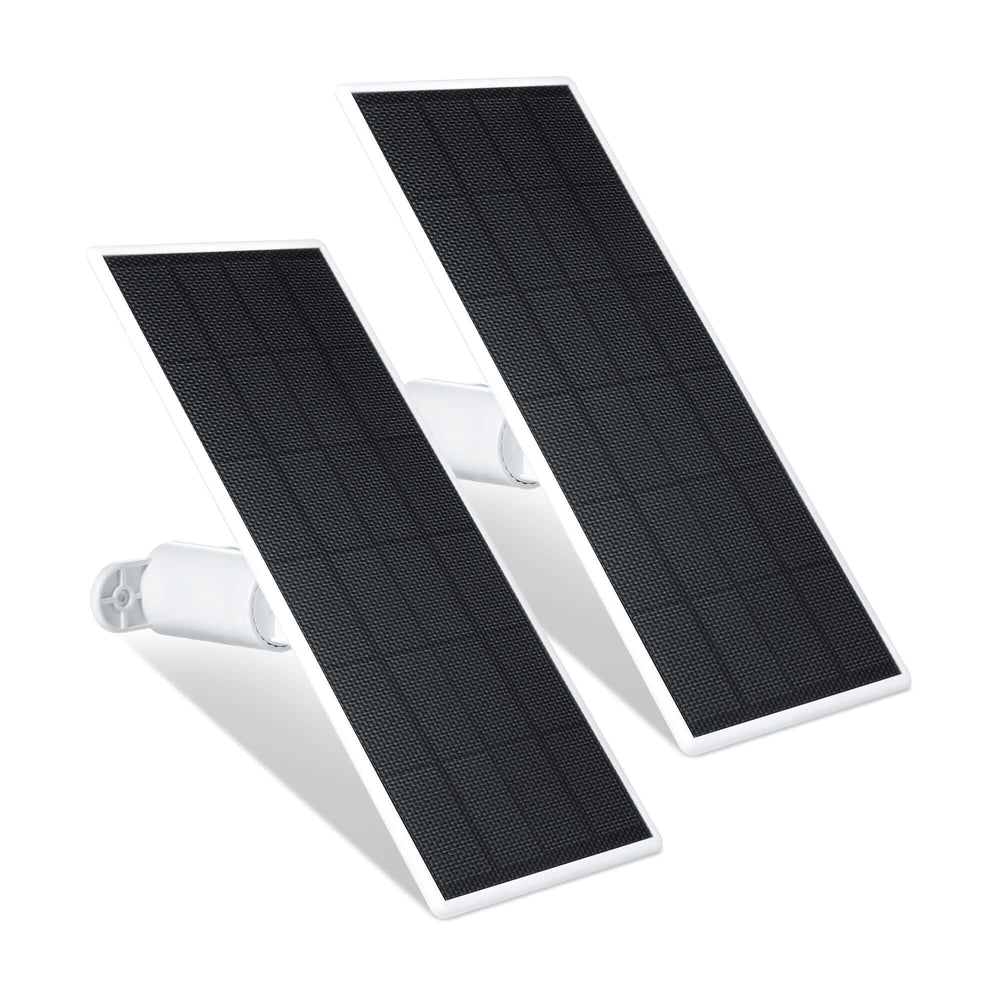
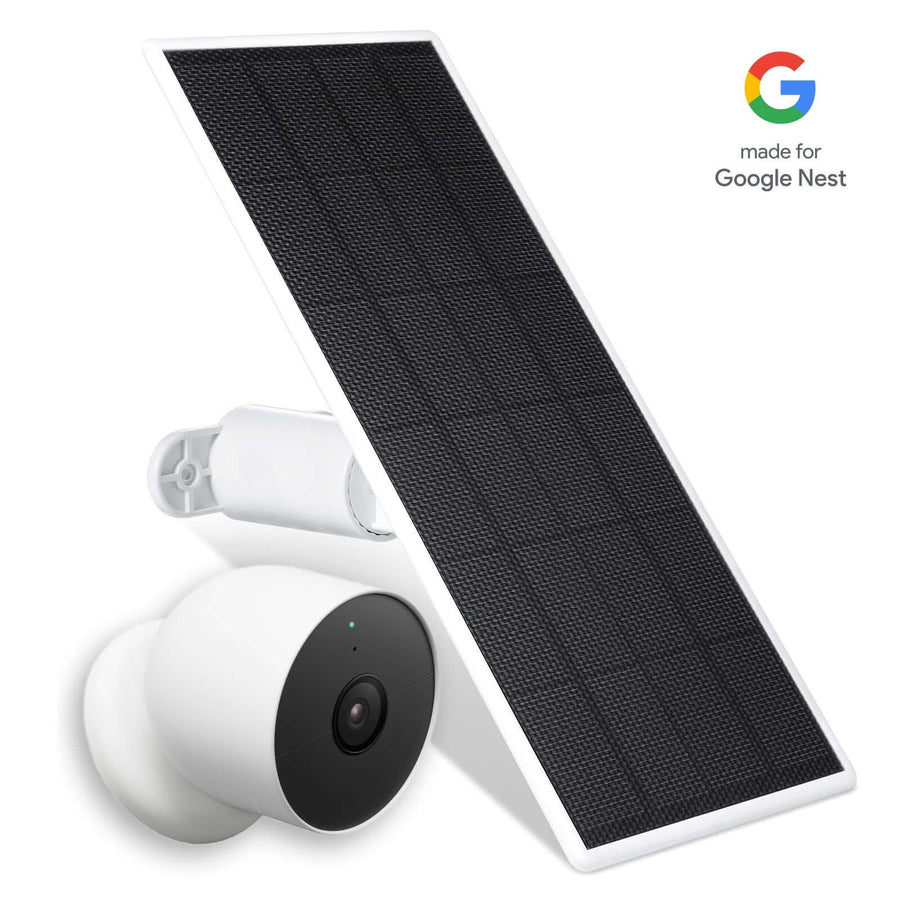
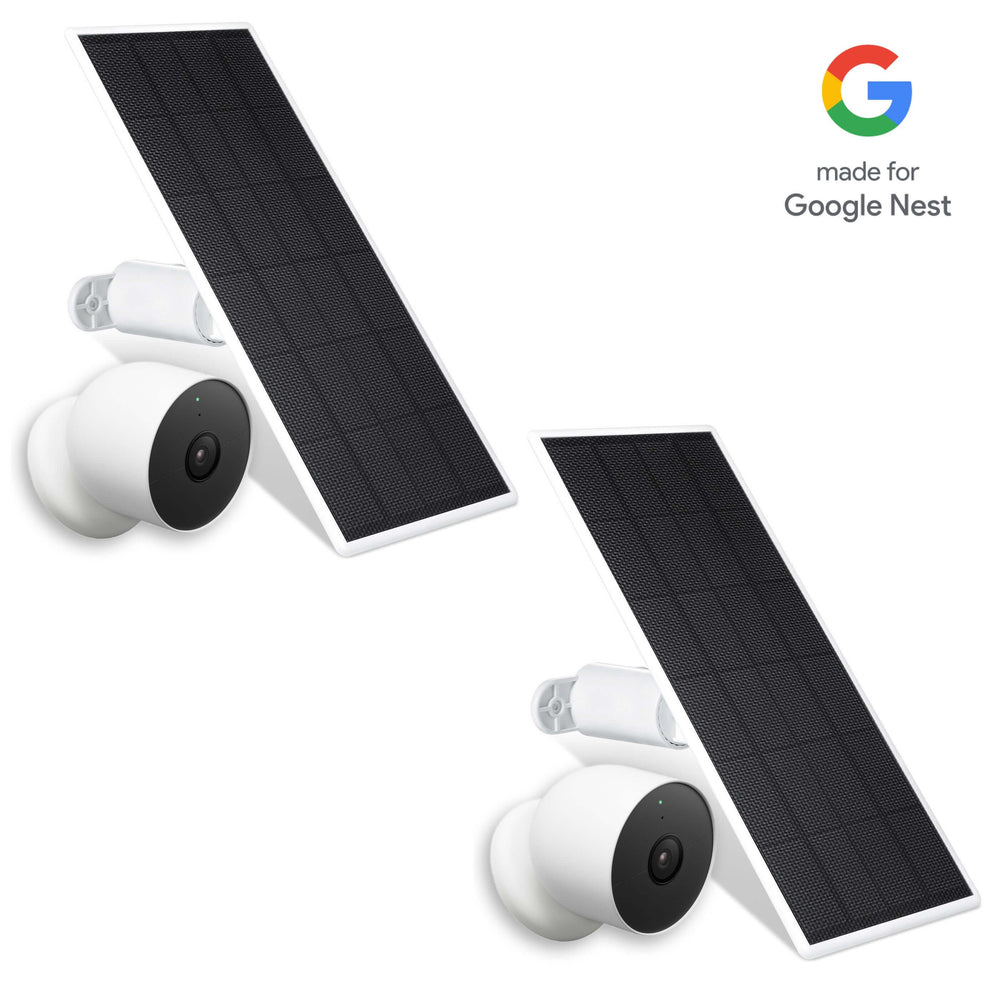
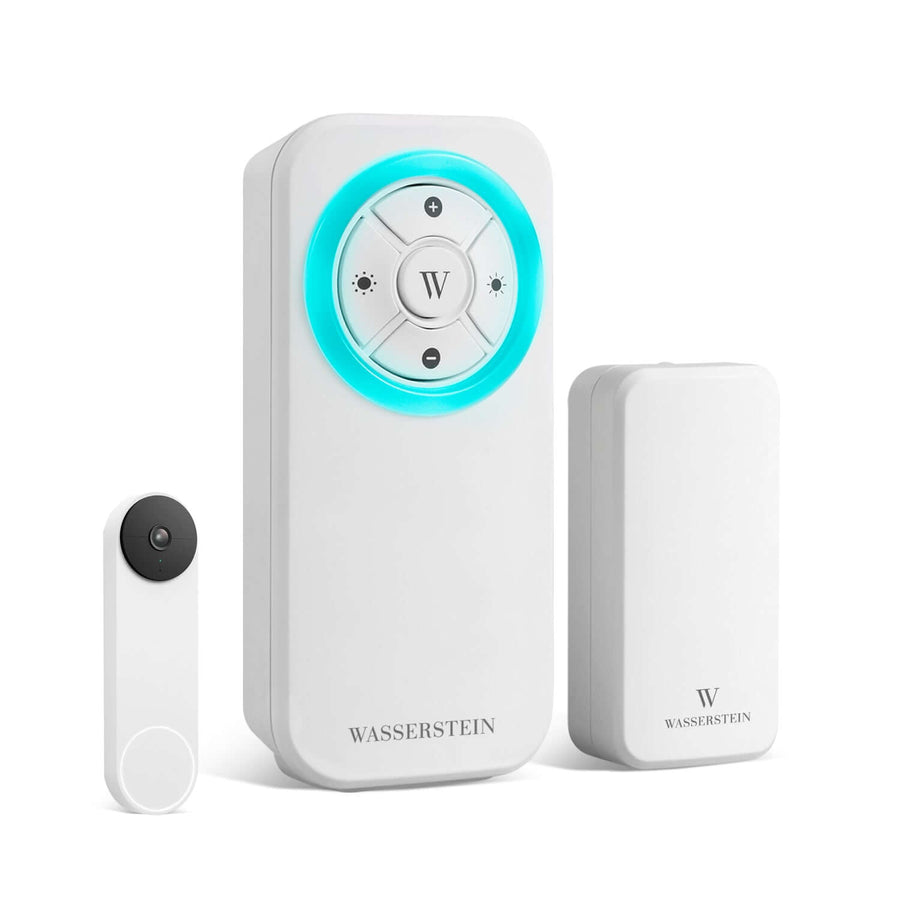
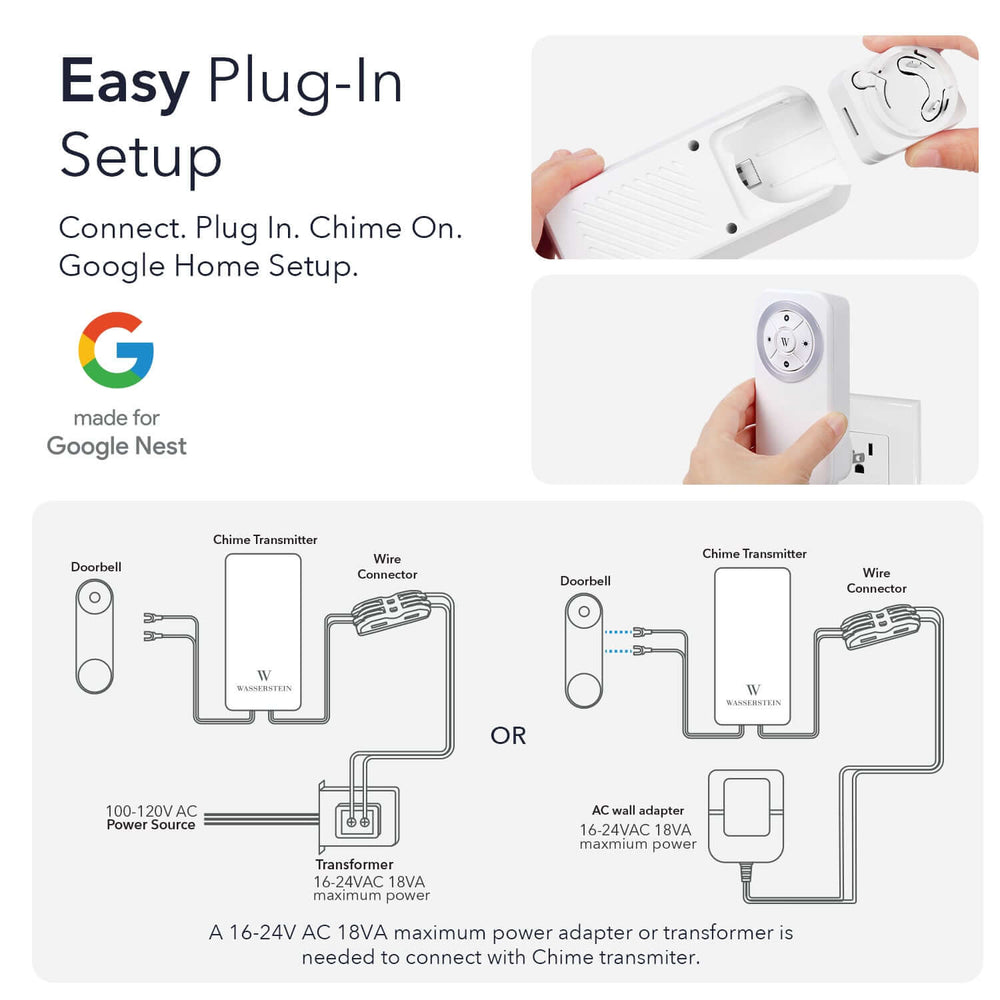
Leave a comment